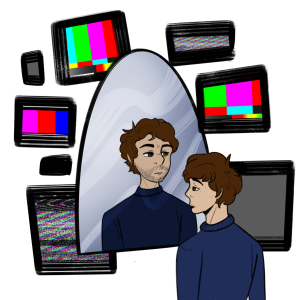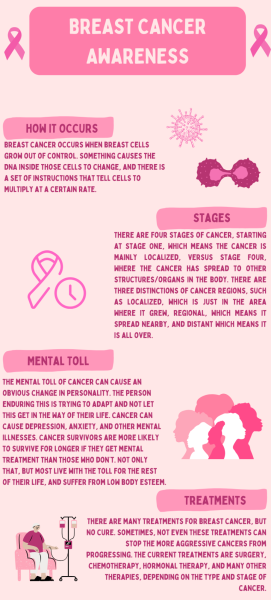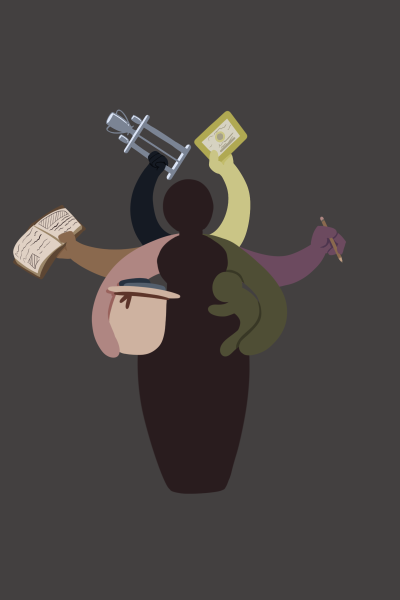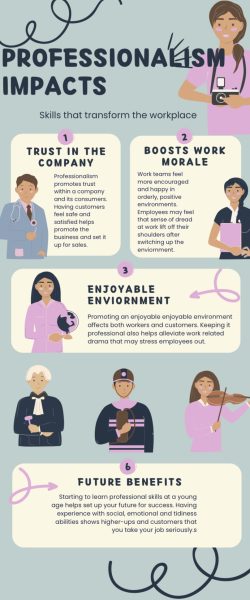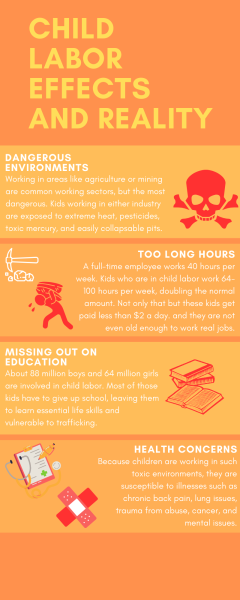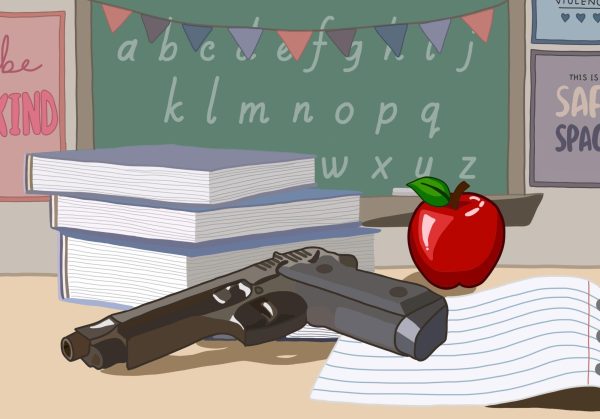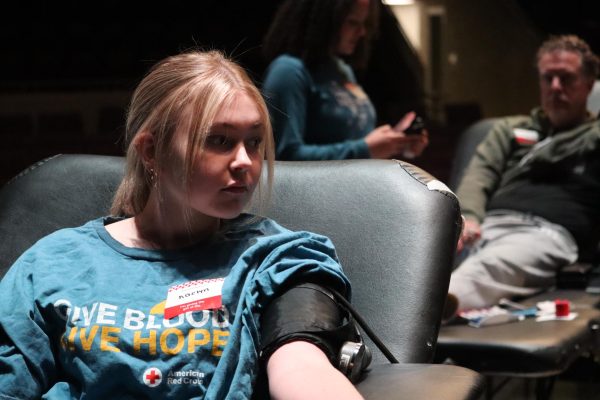Can I get on your Wifi?
Virtual Clutter and how it affects you life
December 6, 2018
When people hear the word clutter they mainly think about random messes around the house that need to be cleaned, but what these people aren’t thinking about is the digital clutter they are attached to.
This virtual trash can be anything from online files to extra devices connected to a single wifi router. As more teenagers get phones and other electronic devices, they are constantly needing to be attached to their phones and computers. It’s common to go over to a friend’s house and immediately ask to get on the wifi. There has even been recent updates on the iPhones to make it easier for people to get connected to wifi.
In an article published by The Minimalists, Digital Clutter Is Different from Physical Clutter, it states that electronic clutter is commonly known as digital hoarding, and this can be physical devices that are kept even after getting new ones or it is when people keeping too many nonessential files on a computer. Having all these extra items can lead to people spending more time on electronics.
As the number of people owning electronic grows, the age of children that start getting addicted decreases. Digital clutter is affecting younger generations sooner than it has in the past. A large number of adults today didn’t grow up attached to a device. Computers and tablets are seen as something to help children learn how to read or help them learn from home at a younger age. All of the Millard elementary schools have started using iPads for younger students because they know how to use them better than computers.
In a survey sent to Millard West students in grades 9-12, 53.8% of students that answered said that they think technology is hurting the community rather than helping. When asked to guess what percent of Americans are addicted to electronics, the average answer was around 70.4%. According to an article published by King University, the actual number of Americans addicted to their devices would be around 50% because many people don’t want to admit to it.
More and more students are accepting that addiction can happen when playing an online game or being on social media. Technology has greatly impacted the world in both positive and negative ways. There have been apps made to reward users when they stay off their phone for a certain amount of time each day. Some parents use timers to keep track of how often their children are on the computer or tablet in order to help limit screen time.
Another thing that people don’t think about after realizing how much digital clutter they are attached to would be pictures that are saved on their phone or computers. Some people continue to say that a picture is worth a thousand words, but that may not be true anymore because taken pictures has become so common in recent years. Many people take pictures in order to remember a certain time in their lives or to make memories last, but taking pictures is so common now that they aren’t as valuable as they used to be. Many people can look at pictures and see everything they need to, but they don’t see everything else around the camera.
Virtual Clutter may seem better than physical clutter, but what people don’t understand is that this clutter can physical as well. It takes up space to have multiple tablets and computers in one house and on the same wifi. Students enrolled in Millard schools are given a computer which can be helpful for homework, but it adds to the pile of devices at home. Many of the common devices that are constantly connected to wifi that people don’t think about would be home cameras, Apple watches and home smart speakers.
According to an article published by Kashmir Reader, How Technology is Affecting our Lives, it states that technology has worked its way into everyone’s life, no matter the age group.
The number of devices is going to continue to grow, but no one has fully comprehended how much these devices have already taken over, not to mention how the future will look.
Technology is helpful, but it could be used less. It is taking over the younger generations and everyone who is “plugged in” is missing everything around them.






